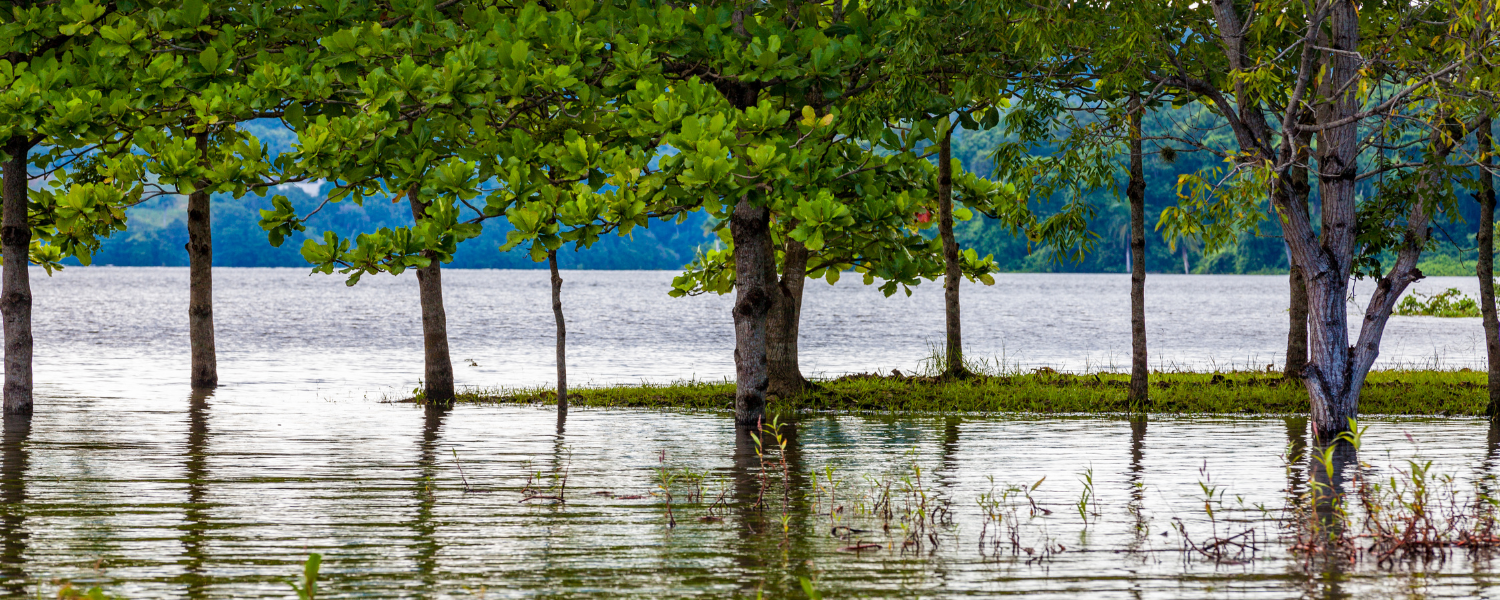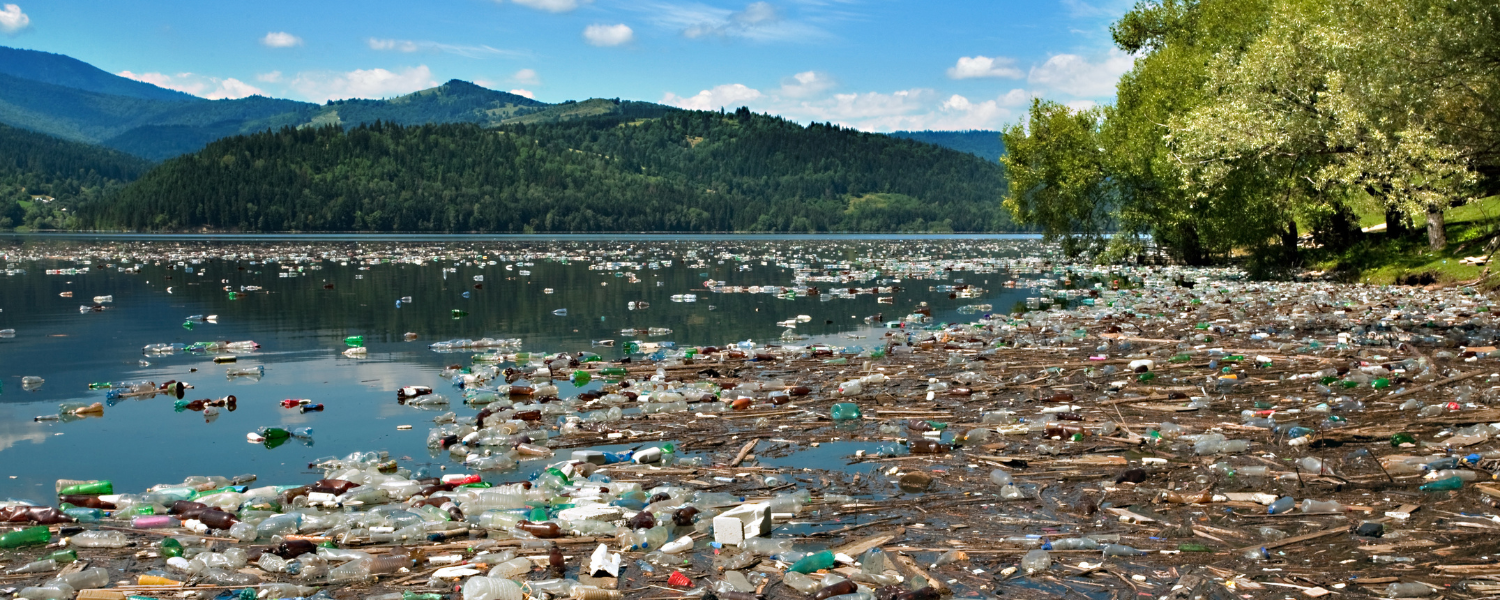Living in Britain we have a very common feature in our weather……. rain! We get it all year round, from the odd shower to torrential downpours. Through autumn and winter, we see the most of this rain, but spring and summer are rarely dry. With the rain comes an increase in river and lake water levels. But what difference does this have when paddling on them? Here are our top things to consider when it has been raining and the water levels are rising.

Rivers are affected quickly by periods of rain. As the water pours in off the banks the levels start to rise. The extra water is going to boost the levels up. Depending on the environment, you cannot always see that the river level has increased. So if there has been rain, you can check the levels on the government flooding check website. Also have a look at the environment around the river. Is the water covering plants? Are trees sprouting out the water? There are lots of markers that will show a rise in water level.
If the levels have increased it means the river will have changed dramatically. From more power to faster flows, your gentle river could soon turn into a raging torrent. Some rivers can appear to be perfectly calm on the surface, but moving at triple the speed below.

Water flowing in from the banks can bring debris. This is especially true when it is the first rain in a while. Watch out for anything that may become a hazard during your paddle.
Higher water levels can also mean more pollutants in the water, reducing the water quality. You should take this into consideration when planning a paddle after rain. Making sure you avoid any splashes to the face, then thoroughly washing your hands and face after paddling are a must. You can see up to date water quality reports here.
What was above the water may now be below it. So things like fences and low lying plants will now be hidden under the water and become a hazard. Trees that were well above the water may now be head height, and you now risk being stuck on them.

Remember that rivers flow into lakes and sea, so what rivers pick up will find their way there too. So water levels will rise, debris and pollution will make their way to the lakes, and potential hazards may be lurking below the water.
No matter what the water levels are, you should always follow our safety guidance and stay safe. Paddle UK members can see the river levels of their local rivers at the click of a button on Members Hub. Make sure you check the water levels, plan for your paddle, and stay safe. Adapt your paddling plans where needed, taking advantage of the sea, estuaries, and lochs.


 Go Paddling
Go Paddling Clear Access Clear Waters
Clear Access Clear Waters Paddles Up Training
Paddles Up Training Clubhouse
Clubhouse Services Login
Services Login

